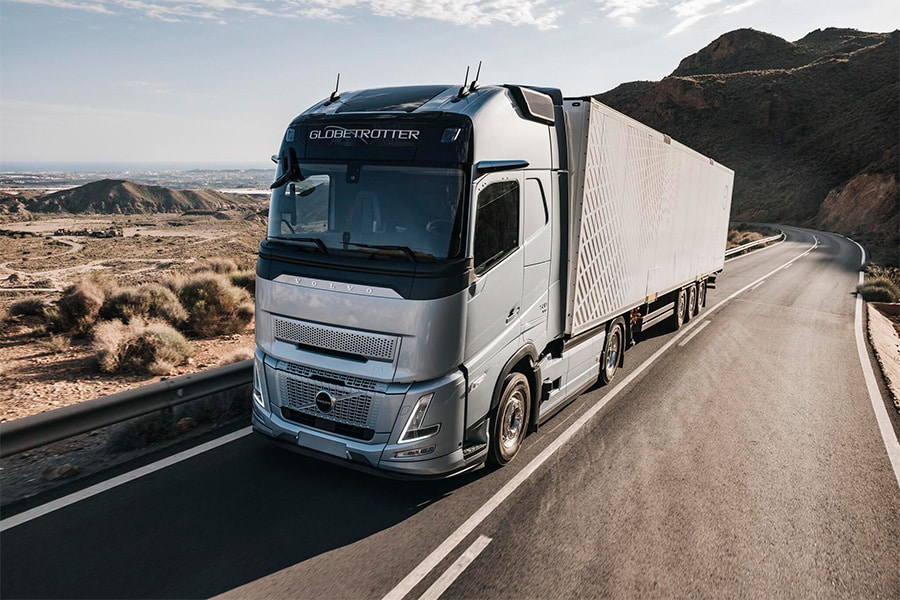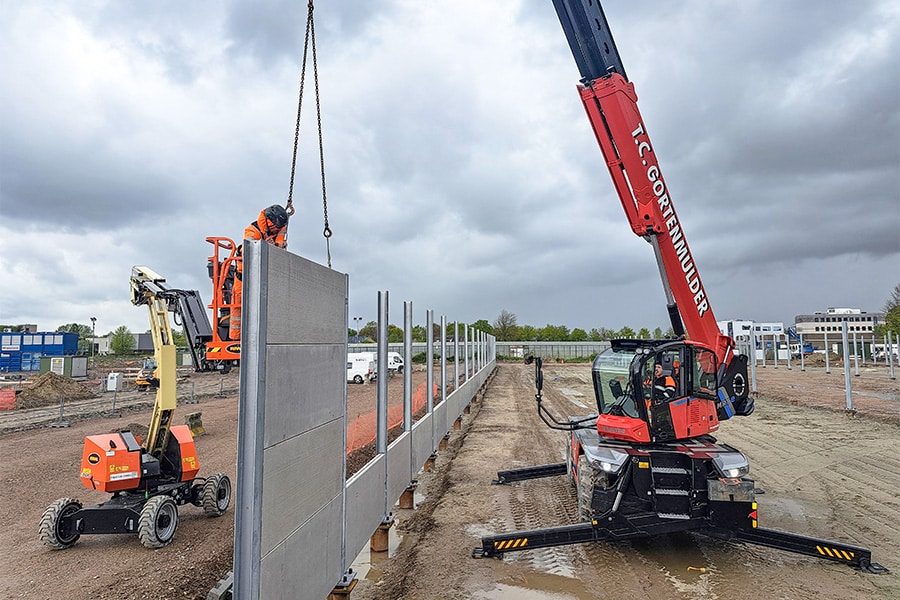
Emission-free pumping for 2.4 kilometers of new quay wall
The container terminals in the Princess Amalia Port on Maasvlakte II are expanding. To do so, 2.4 kilometers of new quay wall will be constructed. The new deep-sea and inland shipping quays are being excavated in the dry. Henk van Tongeren Water & Techniek provides a dry basin and uses no less than 138(!) electric plunger pumps for pumping. In this way, the family business contributes to the Port of Rotterdam Authority's sustainable ambitions to significantly reduce CO2 emissions. Pumping such an extensive project requires optimal preparation. "To leave nothing to chance and to test our intended methodology in practice, we first conducted a pumping test (in collaboration with our sister company Tjaden consultancy for soil mechanics) on both sides of the harbor," says Roel Dibbelink, project manager at Henk van Tongeren Water & Techniek. "Based on this, the drainage design was finalized, the capacity determined as well as the discharge numbers." The methodology consists of many kilometers of drains milled 4 to 6 meters deep, both on the land and water side. The drains are connected to plunger pumps set up on so-called pumping dikes. The water is conveyed to the return field and the harbor by miles of drains and boost stations.

Real-time monitoring
Henk van Tongeren Water & Techniek has already installed the drains on the APMT quay and RWG quay. "We started installing the drains in the summer of 2021. The drain machine is a kind of chainsaw that mills through the ground. During milling, the drain pipe is also fed and brought to depth." A total of 10 kilometers of drains have been installed on the APMT side in several strands. On the RWG side, this is 8.5 kilometers. "Currently we are still working on the barge quay, where a total of just under 1.5 kilometers of drains are being milled in in combination with filter dewatering." In addition, 67 monitoring wells have been installed for monitoring. "These, like the water meters, we can read and analyze in real time. We also use return drainage in combination with booster stations. The water is partially returned to the soil. This prevents negative environmental effects, such as subsidence of the backwaters."
Gigantic powers
The plunger pumps are set up on several pump dikes. "About eight plunger pumps are running on each pump dike," Dibbelink explains. "That way we pump the tub dry and the ditches between the pump dikes can be excavated. This is done in three phases. After each phase, the pumps are moved (read: lowered). The installed pumps pump some 10 million m3 of water annually, all electric! This, of course, requires large capacities from the power grid, but this too was all defined in the preliminary phase in close consultation with the client. When the work is completed, the drains are filled with grout to prevent possible subsidence. This method was also successfully tested after the pumping tests were completed. In addition, we take water samples every month to monitor water quality. So we leave nothing to chance."



